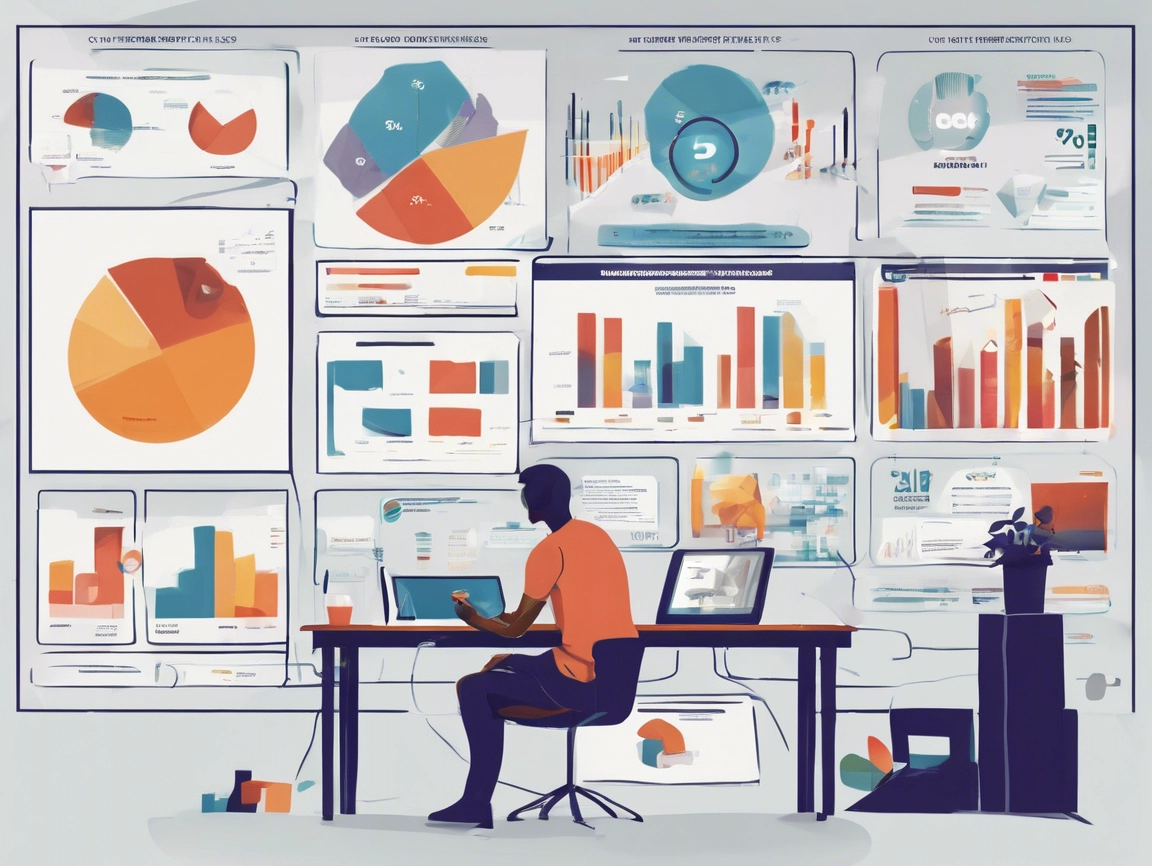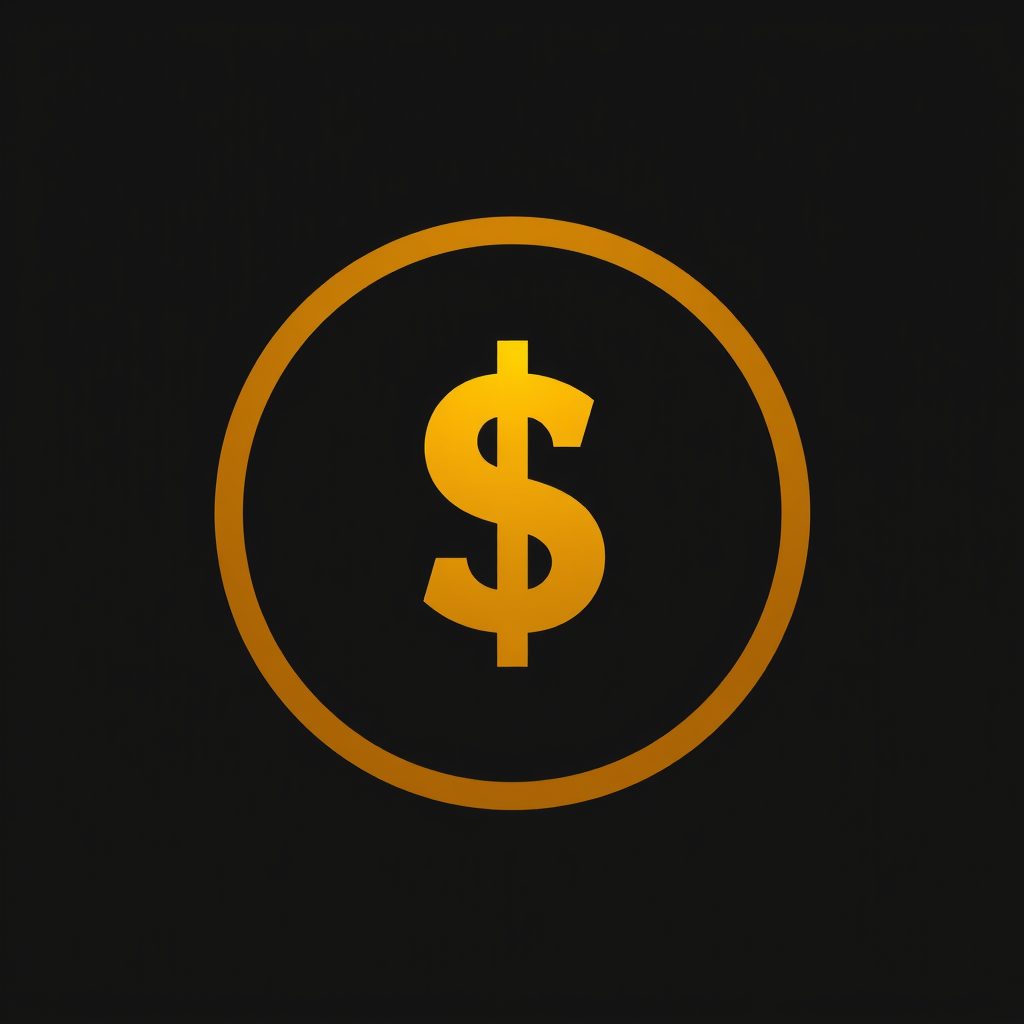By Cap Puckhaber, Reno, Nevada
I’m Cap Puckhaber, a marketing professional, amateur investor, part-time blogger and outdoor enthusiast. Today we break down the debt ceiling.
As the U.S. government faces yet another potential shutdown, many Americans may wonder why these budget crises seem to be happening more frequently. The causes behind these shutdowns are complex. At their core, they are tied to political gridlock, contentious debates over government spending, and the growing national debt. Let’s explore why these shutdowns have become more common. We will explore what the debt ceiling is, how it connects to the economy, and what all of this means in the context of Donald Trump’s economic policies.
Why Are Government Shutdowns Happening More Often?
Government shutdowns occur when Congress fails to pass a budget or continuing resolution to fund federal operations. These shutdowns have become more frequent due to increasing political polarization. When the two major political parties—Republicans and Democrats—cannot agree on spending priorities or other policy issues, it can lead to a standoff. The 2010s saw several shutdowns, with one of the longest occurring in 2018-2019. These shutdowns disrupt services, government employees, and contractors, and can even damage the economy.
In many ways, shutdowns have become a tactic in the battle over fiscal policy, with lawmakers using the threat of a shutdown to push for their positions on spending cuts or increases. This gridlock often happens against the backdrop of a growing national debt. This situation makes finding a consensus on spending even more difficult.
What Is the Debt Ceiling?
The debt ceiling is a limit set by Congress on how much the U.S. government can borrow to meet its financial obligations. Essentially, it’s a cap on borrowing that can only be raised through legislative approval. This ceiling is meant to keep the government from accumulating an unsustainable amount of debt. Though in practice, it has been raised many times over the years to avoid a default on U.S. obligations, such as paying Social Security or military salaries.
A potential government shutdown often coincides with debates over the debt ceiling. When the ceiling isn’t raised, the government risks running out of funds to pay its bills. This can lead to a default—a scenario that could have catastrophic consequences for both the U.S. and global economies.
How Does the Debt Ceiling Relate to GDP?
The national debt and the GDP (Gross Domestic Product) are closely linked. While the debt ceiling sets limits on borrowing, the GDP measures the total value of goods and services produced by the economy. The U.S. has a relatively high debt-to-GDP ratio. This means that the debt grows faster than the economy. In theory, this could lead to inflation or a reduced ability to finance government programs.
However, raising the debt ceiling can often be justified if the economy is growing because the government can service its debt more easily. Yet, if debt growth outpaces GDP growth, it can become unsustainable. This situation erodes investor confidence and increases borrowing costs.
Who Is Buying America’s Debt?
When the U.S. government borrows money by issuing bonds, it is essentially asking investors to lend it funds. Historically, foreign governments—especially China and Japan—have been major buyers of U.S. debt. However, in recent years, American investors, including institutions like pension funds and mutual funds, have taken a larger share.
The Federal Reserve also buys U.S. debt as part of its monetary policy. This helps to keep interest rates low and stimulate economic growth. While this practice helps avoid a default, it also has implications for inflation and the value of the dollar.
Does Increasing the Debt Dilute the Value of the Dollar?
When the government borrows more money, it can lead to inflation, especially if the debt is financed by printing more money. This can dilute the value of the dollar, reducing its purchasing power. However, the relationship between debt and inflation is complex. In recent years, the U.S. has managed to borrow large sums without significant inflation. This was thanks in part to low interest rates and a stable demand for U.S. bonds.
What Does This Mean for Trump?
Former President Donald Trump’s administration contributed to the growing national debt through tax cuts and increased military spending. These policies were often in conflict with efforts to balance the budget. While Trump often argued that economic growth would offset these deficits, critics warn that increasing debt without reducing spending could lead to long-term financial instability.
If Trump returns to office, it’s likely that debates over the debt ceiling and government spending will continue to dominate. This situation could have potential consequences for the economy and the dollar.
In conclusion, government shutdowns, the debt ceiling, and the national debt are inextricably linked. Understanding these issues is crucial. It helps in understanding the broader economic challenges facing the U.S. as it navigates political gridlock and economic policy debates.
This post is brought to you by Simple Finance Blog, hosted by Cap Puckhaber of Black Diamond Marketing Solutions. Join us as we break down complex financial topics in simple terms to help you make informed decisions.
Check out my latest blog on Trading Platforms for Beginners by Cap Puckhaber
New to Simple Finance Blog is my take on How to Start Trading Forex by Cap Puckhaber
Investing Blog for Beginners
Hosted by Cap Puckhaber of Black Diamond Marketing Solutions, this investing blog offers daily articles on investing, savings, bonds, interest rates, mortgages, and more.



About the Founder / Author
Cap Puckhaber is a seasoned marketing strategist and finance writer, based in Reno, Nevada with over 20 years of experience investing, marketing and helping small businesses grow.
He offers expert advice on how to save for retirement, how to use a retirement calculator and the difference between T-Bills and CDs.
Cap Puckhaber shares actionable insights on how to promote your business locally for free and on trending platforms like X.
He shares his personal investment journey, how to use trade volume to predict breakouts, and his take on covered call strategies.

Follow Cap Puckhaber Online
Connect with Cap Puckhaber on Facebook
See Real-Time Thoughts on X
Read In-Depth Articles on Medium
Subscribe to Cap Puckhaber’s Substack Newsletter
Follow Cap Puckhaber’s Company Page on LinkedIn
View Our Agency Profile on DesignRush
See Cap Puckhaber’s Agency on Agency Spotter
Explore Technical Projects on GitHub
See Cap Puckhaber’s Creative Portfolio on Behance
Learn more about my company on Crunchbase
Join Cap Puckhaber’s Conversation on BlueSky
Follow My Updates on Mastodon

Backpacker, Marketer, Investor, Blogger, Husband, Dog-Dad, Golfer, Snowboarder
Cap Puckhaber is a marketing strategist, finance writer, and outdoor enthusiast from Reno, Nevada. He writes across CapPuckhaber.com, TheHikingAdventures.com, SimpleFinanceBlog.com, and BlackDiamondMarketingSolutions.com.
Follow him for honest, real-world advice backed by 20+ years of experience.



Leave a Reply